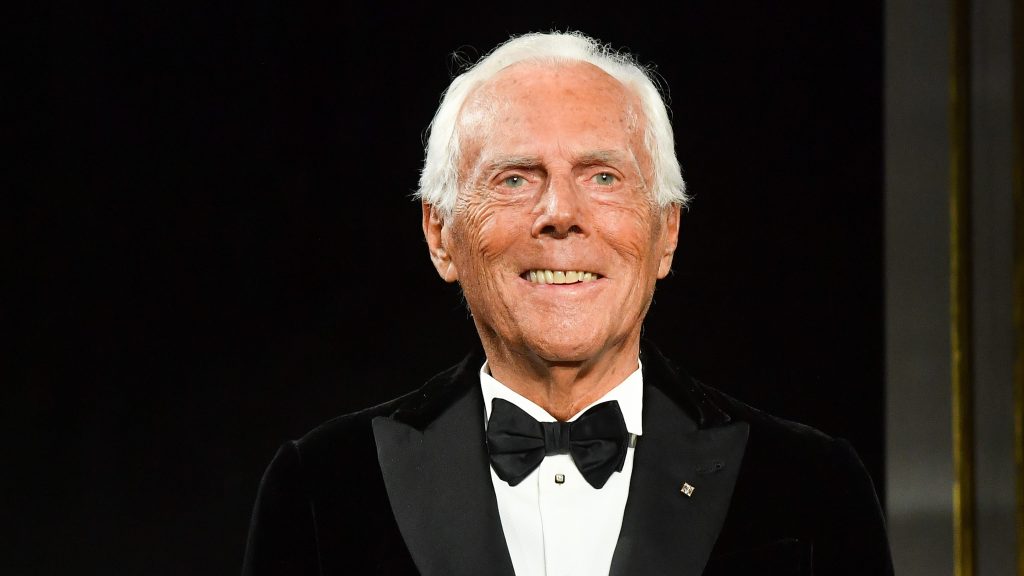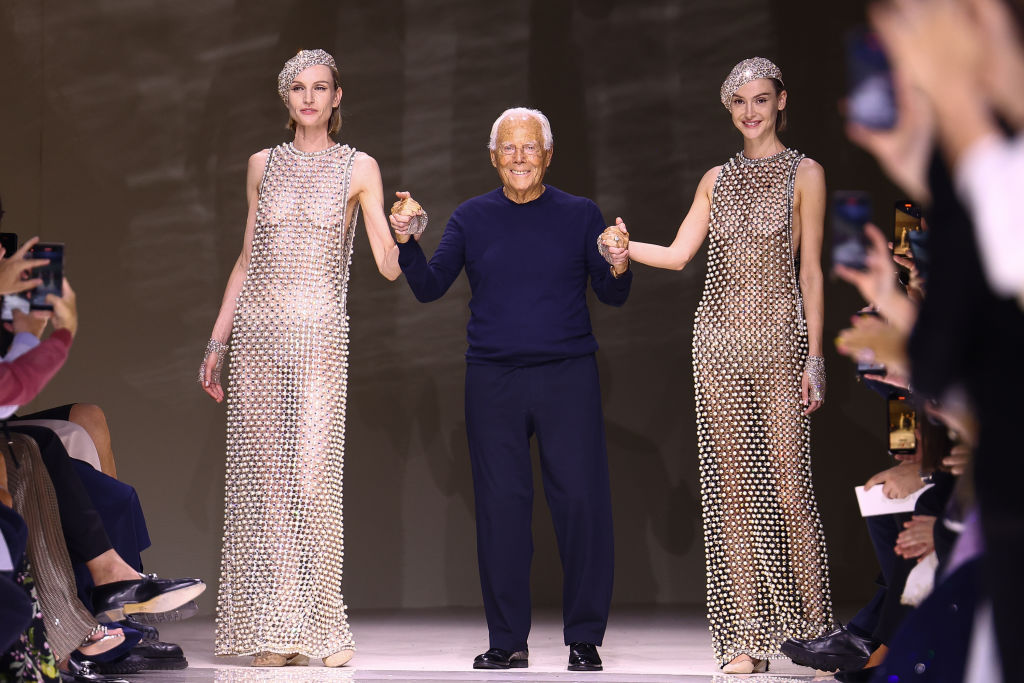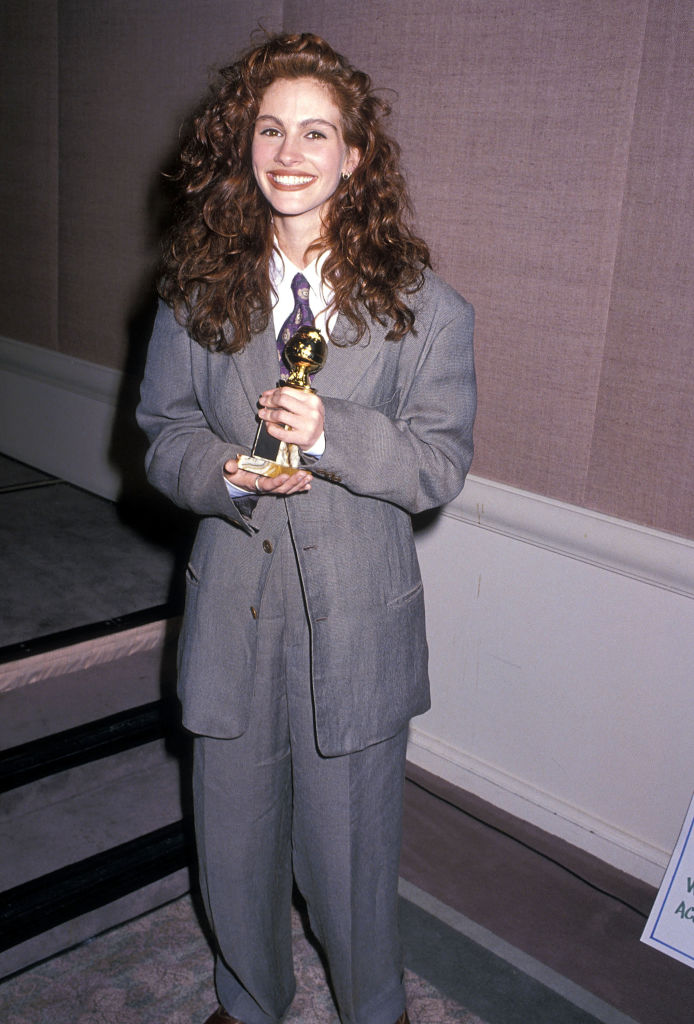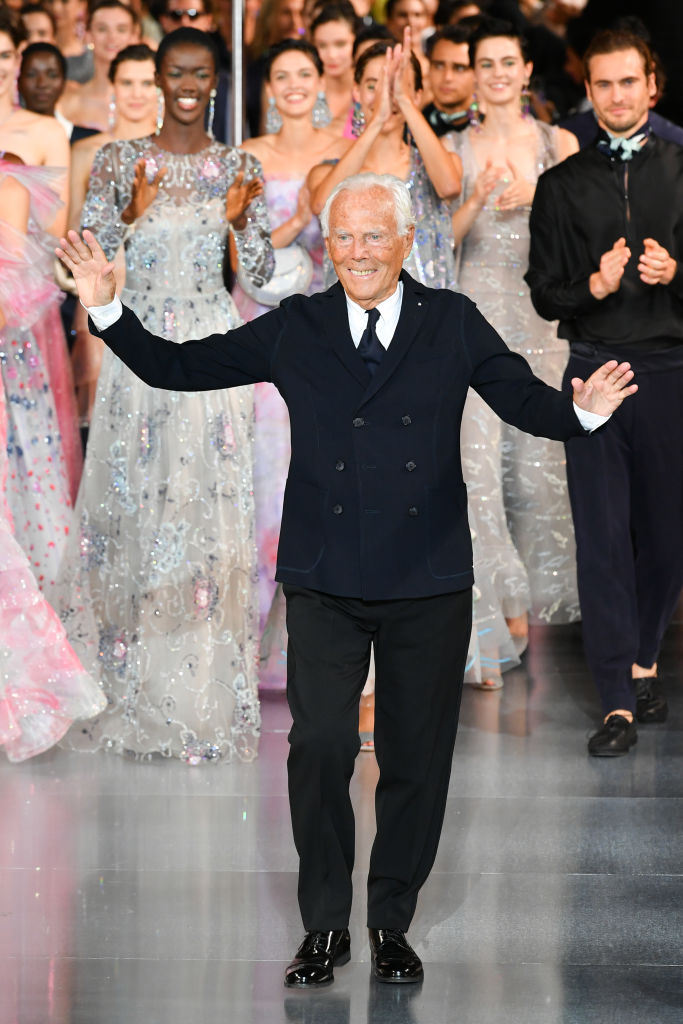The renowned, gay Italian fashion designer Giorgio Armani has died, aged 91.
The news was announced on Thursday (4 September) by the Armani company. The fashion icon was the richest LGBTQ+ business mogul in the world, according to the South China Morning Post in 2024.
Known for his meticulous attention to detail as well as helming a business that now turns over around 2.3 billion euros ($2.7 billion) a year, the legacy Armani leaves behind is one of elegance, commitment, and class.

Armani was born in Piacenza in northern Italy in 1934. He once said his family didn’t grow up with much ,only but his parents’ “inner elegance” inspired his creations later on.
After initially going into medicine he joined the army before completing his degree. However, it wasn’t long after that he changed tracks again and moved into fashion. The Guardian reports Armani as saying he got into fashion by “accident” but that “it completely absorbed me, stealing my life away.”
Armani then worked in the Milan department store, La Rinascente in the 1960s before taking a job as a menswear designer at Nino Cerruti.
It wasn’t until he turned 41 in 1975 that he launched what would eventually become the Armani brand we know today. He did this with his partner, architect Sergio Galeotti, who, as reported by The Guardian, convinced Armani to sell his Volkswagen Beetle to provide the necessary funds.

In 2024, after many years of keeping his personal life private, Giorgio Armani opened up about his romantic relationships and told Corriere della Sera about his romance with Galeotti. The two continued to work together, Armani managing the creative side of the business and Galeotti the numbers until 1985 when Galeotti died from Aids, though it was reported as a heart attack at the time.
After this, Giorgio Armani soldiered on alone as both creative and businessman.
After making his first-ever presentation in 1975, Armani became known for his fluid approach to tailoring and fashion in both mens’ and womenswear. Over his career he became synonymous with a classic, immaculate, and timeless sense of style.
In a profile that would be one of Armani’s last interviews, Alexander Fury wrote in The Financial Times the designer, “put women into a uniform of suits just as radical as Chanel’s, creating forceful, confident clothing that helped to power the working woman’s social revolution of the 1980s. By contrast, he relaxed menswear, deconstructing traditional tailoring in a manner that has affected how just about every suit in the world is made.”

Much is also made of how Armani changed the game when it came to the relationship between designers and celebrities. After their 1975 debut, the Armani brand broke into the mainstream, providing costumes for 1980’s American Gigolo starring Richard Gere. Among those to wear his clothes on red carpets are Diane Keaton, Jodie Foster, and perhaps most notably Julia Roberts.
The actress attended the 1990 Golden Globes in an oversized grey suit complete with white shirt and a tie. The look was iconic. “I thought that I was very extra in this outfit,” she later told Vogue. She added, “I could not have known that it was going to become this, like, statement outfit. I just thought I looked fabulous, and I still have that suit.”
The influence that moment would have was evident months later at the Academy Awards, where many celebrities like Tom Cruise, Michelle Pfeiffer, and Denzel Washington wore Armani.

Under Armani’s management, the company’s sole shareholder, the brand expanded beyond fashion into hotels, chocolates, homeware, and more. Armani personally oversaw every detail, even fixing a model’s hair moments before they walked the runway.
“My greatest weakness is that I am in control of everything,” Armani told the FT recently. Even when he couldn’t attend the brand’s last few fashion shows, he exerted a tight level of control.
“I oversaw every aspect of the show remotely via video link, from the fittings to the sequence and the make-up,” he said. Though in the same interview the designer showed some regret at his commitment to his work. “My only regret in life was spending too many hours working and not enough time with friends and family,” he said.
Armani also addressed the idea of succession in his business describing hopes of “a gradual transition” to members of his family as well as people like the head of men’s design, Leo Dell’Orco. In 2022, Armani told Business of Fashion he wanted to be remembered as “a sincere man.”
The post Exploring the life, successes and legacy of Giorgio Armani – the richest LGBTQ+ person in the world appeared first on PinkNews | Latest lesbian, gay, bi and trans news | LGBTQ+ news.